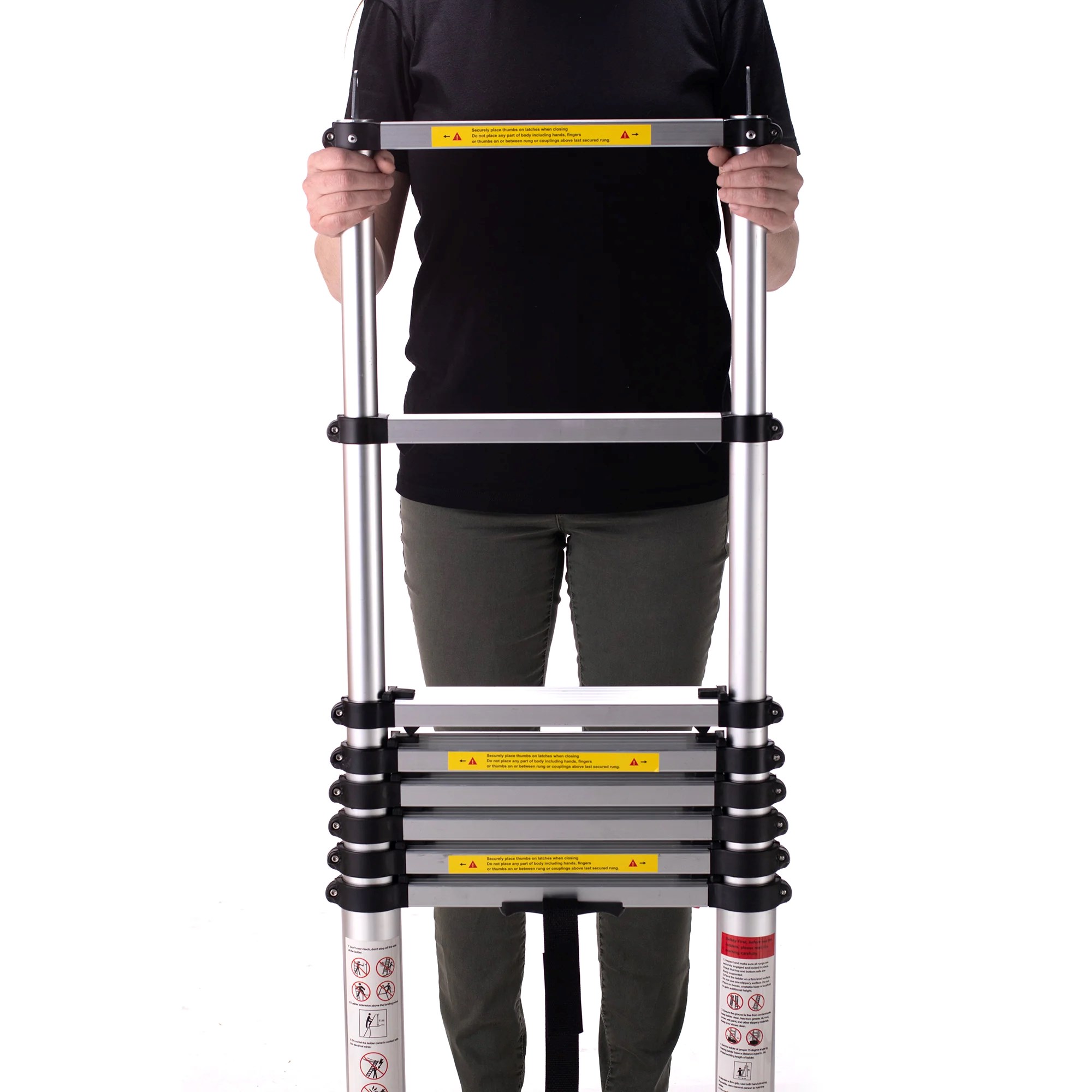

Articles
How To Use Telescopic Ladder
Modified: February 22, 2024
Learn how to use a telescopic ladder with our comprehensive articles. Gain valuable insight and safety tips to ensure a successful climbing experience.
(Many of the links in this article redirect to a specific reviewed product. Your purchase of these products through affiliate links helps to generate commission for Storables.com, at no extra cost. Learn more)
Introduction
Telescopic ladders have become increasingly popular due to their versatility and convenience. Whether you are a homeowner, DIY enthusiast, or a professional tradesperson, a telescopic ladder can be a valuable tool to have in your arsenal. With their compact size and easy portability, these ladders are perfect for a wide range of tasks, from reaching high shelves to performing maintenance work on roofs.
However, it is essential to use telescopic ladders safely and correctly to avoid accidents and injuries. In this article, we will guide you through the step-by-step process of using a telescopic ladder effectively. By following these guidelines, you will be able to make the most of your telescopic ladder and ensure your safety while working at heights.
Before we dive into the details, it’s crucial to note that different telescopic ladders may have their specific instructions, so always refer to the manufacturer’s guidelines for precise usage instructions. With that said, the general principles we outline here will apply to most telescopic ladders.
Now, let’s get started with some essential safety precautions to keep in mind before using a telescopic ladder.
Key Takeaways:
- Prioritize safety by inspecting, setting up, and locking the telescopic ladder correctly. Maintain stability, avoid overreaching, and use proper climbing techniques to ensure a safe working environment.
- Properly fold, store, and maintain the telescopic ladder to prolong its lifespan and ensure ongoing reliability. Follow manufacturer guidelines and prioritize safety at all times.
Read more: What Is A Telescopic Ladder
Safety Precautions
Before using a telescopic ladder, it is crucial to prioritize safety. Here are some essential safety precautions to follow:
- Inspect the ladder: Before each use, carefully examine the ladder for any damage, such as bent rails, loose fittings, or missing components. Do not use a ladder that is damaged or malfunctioning.
- Check weight capacity: Ensure that the ladder can support your weight along with the weight of any tools or materials you’ll be carrying. Exceeding the ladder’s weight capacity can lead to instability and accidents.
- Choose a stable surface: Place the ladder on a firm and level surface. Avoid using it on uneven or slippery ground. If necessary, use leveling devices or provide additional support to ensure stability.
- Secure the ladder: Be sure to properly secure the ladder by securing the hinge locks or braces. This will prevent the ladder from accidentally collapsing while in use.
- Maintain three points of contact: When climbing or descending the ladder, always maintain three points of contact, such as two hands and one foot, or two feet and one hand. This will provide better stability and reduce the risk of falls.
- Avoid overreaching: Do not lean too far to the sides or over the top of the ladder. Instead, reposition the ladder as needed to maintain a safe working position.
- Use personal protective equipment (PPE): Depending on the task, it may be necessary to wear PPE, such as a helmet, safety glasses, or non-slip footwear. Assess the risks involved and equip yourself accordingly.
- Follow proper ladder etiquette: Avoid placing the ladder in high-traffic areas or obstructing doorways. Communicate with others around you to ensure their safety and maintain a clear working space.
- Store the ladder properly: When not in use, store the telescopic ladder in a dry and secure location. Avoid exposing it to extreme temperatures or harsh weather conditions that could potentially weaken its structure.
By following these safety precautions, you can significantly reduce the risk of accidents and ensure a safe working environment when using a telescopic ladder. Now that you are aware of the necessary safety measures, let’s move on to the step-by-step process of using a telescopic ladder.
Step 1: Check the Ladder
Before using a telescopic ladder, it is essential to thoroughly inspect it to ensure that it is in proper working condition. Here’s what you need to do:
- Open the ladder: Extend the ladder fully, making sure that all sections have been properly extended. Check for any resistance or difficulties in extending the ladder. If you notice any problems, refer to the manufacturer’s instructions for troubleshooting.
- Inspect the rungs: Examine each rung for any signs of damage, such as cracks or splintering. Ensure that the rungs are securely attached to the ladder and are not loose or wobbly.
- Check the hinges and locks: Inspect the hinges and locking mechanisms of the ladder. Make sure they are in good condition and functioning correctly. Verify that all hinge locks are engaged and that the ladder is locked in its fully extended position.
- Look for stability features: Some telescopic ladders come with additional stability features, such as non-slip feet or stabilizing bars. Check that these features are intact and in good working order.
- Verify weight capacity: Confirm that the ladder can support your weight and the weight of any tools or materials you’ll be carrying. Check the weight capacity indicated by the manufacturer to make sure it is suitable for your needs.
By thoroughly checking the ladder before each use, you can identify any potential issues that may compromise your safety. If you notice any damage or malfunctions, it is important to address them before using the ladder. Always refer to the manufacturer’s guidelines for specific instructions on maintenance and repairs.
Now that you have inspected the ladder and determined that it is in good working condition, you are ready to move on to the next step: setting up the ladder.
Step 2: Set Up the Ladder
Setting up the telescopic ladder correctly is crucial for ensuring stability and safety while using it. Follow these steps to set up the ladder:
- Choose the right location: Place the ladder on a firm and level surface. Avoid using it on uneven or slippery ground, as it can compromise stability. If necessary, use leveling devices or provide additional support to ensure a secure setup.
- Position the ladder: Position the ladder perpendicular to the ground, with the rungs facing towards you. Make sure that the ladder’s feet are firmly planted and in contact with the surface.
- Extend the ladder partially: If your telescopic ladder has multiple locking points, extend it partially to the desired height before fully extending it. This will help you maintain control and prevent the ladder from collapsing accidentally.
- Secure the hinges: Engage the hinge locks or braces to secure the ladder’s sections in place. This will prevent the ladder from collapsing or sliding while you are using it.
- Ensure proper angle: The ladder should be set at a safe angle, approximately 75 degrees from the ground. This angle allows for better stability and weight distribution as you climb up and down.
- Double-check stability: Before climbing the ladder, give it a gentle shake to ensure that it is stable and secure. If you notice any wobbling or instability, readjust the ladder’s position and recheck the hinge locks.
Remember, proper ladder setup is essential for your safety. Taking the time to set up the ladder correctly will provide a stable and secure platform for your work. Once you have set up the ladder, you are ready to move on to the next step: extending the ladder.
Step 3: Extend the Ladder
Now that you have set up the telescopic ladder, it’s time to extend it to your desired height. Follow these steps to extend the ladder safely:
- Hold the ladder securely: Grasp the ladder firmly with both hands on the side rails. Make sure you have a solid grip before starting to extend the ladder.
- Unlock the sections: Locate the release mechanisms or locks on the ladder. These can be in the form of buttons, levers, or switches.
- Extend one section at a time: Release the lock on the first section and carefully extend it upwards. Continue to extend each section one by one, ensuring that they are fully extended and locked in place before moving on to the next one.
- Avoid overextending: Be cautious not to overextend the ladder beyond the manufacturer’s recommended height. Overextending can compromise the ladder’s stability and put you at risk of accidents.
- Check for smooth extension: As you extend each section, pay attention to any resistance or difficulties. If you encounter any issues, stop extending and assess the problem. Consult the manufacturer’s instructions for troubleshooting.
By extending the ladder carefully and fully locking each section in place, you ensure that the ladder remains stable and secure during use. Take your time to extend the ladder slowly and double-check each section for proper locking.
Once you have fully extended the ladder and ensured that all sections are securely locked, you are ready to move on to the next step: locking the ladder in place.
When using a telescopic ladder, always make sure it is fully extended and locked into place before climbing. Avoid overreaching and ensure the ladder is on a stable, level surface.
Read also: 15 Best Telescoping Ladder for 2025
Step 4: Lock the Ladder in Place
Locking the telescopic ladder in place is crucial to maintain its stability and prevent accidental collapses or slippage. Follow these steps to ensure that the ladder is securely locked:
- Locate the locking mechanism: Look for the locking mechanism on the ladder. This can be in the form of buttons, levers, or switches.
- Engage the locks: Activate the locking mechanism by firmly pressing or flipping the lock into place. Ensure that each section of the ladder is locked securely.
- Test the locks: After engaging the locks, give the ladder a gentle shake to ensure that it remains stable and does not show any signs of movement. If you notice any wobbling or instability, double-check the locks and make sure they are properly engaged.
- Verify stability: Once the ladder is locked in place, carefully climb a few rungs and test its stability. If the ladder feels wobbly or insecure, immediately descend and inspect the locking mechanisms again.
- Regularly check the locks: Throughout your work, periodically inspect the locks to ensure that they remain engaged. If you notice any signs of loosening, stop using the ladder and readjust the locks before continuing.
Properly locking the ladder will provide the necessary stability and security while you are using it. Remember, safety should always be your top priority, and taking the time to lock the ladder in place is an essential part of ensuring a safe working environment.
Now that the ladder is securely locked, we can move on to the next step: climbing and descending the ladder.
Step 5: Climbing and Descending
Now that the telescopic ladder is locked in place, it’s time to climb up and down the ladder safely. Follow these guidelines for safe climbing and descending:
- Face the ladder: Always face the ladder while climbing or descending. Keep your body centered between the side rails to maintain balance.
- Maintain three points of contact: As you climb or descend, always have at least three points of contact with the ladder. This can be two hands and one foot, or two feet and one hand. Avoid carrying heavy tools or materials that may compromise your balance.
- Breathe and take your time: Remain calm and take slow, deliberate steps while climbing or descending. Do not rush or skip rungs, as this can lead to accidents.
- Use handrails for support: Grip the ladder’s side rails firmly with both hands as you climb or descend. Use the handrails for stability and support.
- Keep the center of gravity between the rails: Maintain a centered position on the ladder and avoid leaning too far to one side. Keep your body weight evenly distributed between the side rails.
- Be mindful of surroundings: Be aware of your surroundings and avoid reaching too far to the sides or over obstacles. Reposition the ladder if necessary to maintain a safe working position.
- Descend facing the ladder: When descending, face the ladder and carefully climb down one rung at a time. Take your time, keeping a firm grip on the side rails.
By following these guidelines, you can minimize the risk of accidents and injuries while using the telescopic ladder. Always prioritize safety and take your time when climbing or descending the ladder. Remember, accidents can happen if you rush or become careless.
Now that you know how to climb up and down the ladder safely, let’s move on to the final step: folding and storing the ladder.
Step 6: Folding and Storing the Ladder
Properly folding and storing the telescopic ladder is essential for its longevity and safekeeping. Follow these steps to fold and store the ladder correctly:
- Clean the ladder: Before folding, ensure that the ladder is free from dirt, debris, or any adhesive substances. Use a soft cloth or brush to clean the ladder, paying attention to the hinges and locks.
- Release the locks: Locate the locking mechanisms on the ladder and disengage them. This will allow you to collapse the ladder for folding.
- Collapse the ladder: Starting from the top, carefully retract each ladder section. Follow the manufacturer’s instructions for the proper folding sequence. Ensure that each section is securely collapsed before moving on to the next.
- Secure the ladder: Once the ladder is completely folded, engage the locking mechanisms to secure it in its folded position. This prevents the ladder from accidentally unfolding during storage.
- Store in a dry and secure location: Find a dry and secure area to store the folded ladder. Avoid exposing it to extreme temperatures, sunlight, or moisture, as these can damage the ladder’s components.
- Avoid placing heavy objects on top: When storing the ladder, make sure not to place heavy objects on top of it. This can cause unnecessary strain and potentially damage the ladder.
- Regularly inspect and maintain: Periodically inspect the ladder for any signs of wear or damage. Lubricate the hinges and locks as recommended by the manufacturer to ensure smooth operation.
By following these steps, you can keep your telescopic ladder in good condition and ready for future use. Proper storage and maintenance are crucial for prolonging the lifespan of your ladder and ensuring its ongoing reliability and safety.
Congratulations! You have successfully learned how to use a telescopic ladder effectively and safely. By following the steps outlined in this article, you can confidently tackle various tasks at heights while prioritizing your welfare and security. Remember to always refer to the manufacturer’s guidelines for specific instructions related to your telescopic ladder model.
Happy climbing and stay safe!
Conclusion
Telescopic ladders are versatile and convenient tools that provide easy access to elevated areas for various tasks. By following the step-by-step instructions and safety precautions outlined in this article, you can use a telescopic ladder effectively while prioritizing your safety.
Before using a telescopic ladder, always inspect it for any damage and ensure it is in proper working condition. Check the weight capacity and choose a stable surface for setup. Extend the ladder carefully, locking each section in place, and verify its stability before climbing.
When climbing and descending the ladder, maintain three points of contact, grip the handrails firmly, and avoid overreaching or leaning too far to maintain balance and stability. Remember to take your time, be mindful of your surroundings, and use proper ladder etiquette.
Once you have finished using the ladder, fold it carefully, release the locks, and store it in a dry and secure location. Regularly inspect and maintain the ladder to ensure its longevity and continued reliability.
Using a telescopic ladder can make your work more efficient and accessible, but it’s crucial to prioritize safety every step of the way. By following the guidelines provided in this article, you can confidently and safely use a telescopic ladder for various tasks in your home or workplace.
Remember, safety should always be the top priority when working at heights. Take your time, be cautious, and stay focused. With proper care and attention, your telescopic ladder can be a valuable tool for years to come.
Frequently Asked Questions about How To Use Telescopic Ladder
Was this page helpful?
At Storables.com, we guarantee accurate and reliable information. Our content, validated by Expert Board Contributors, is crafted following stringent Editorial Policies. We're committed to providing you with well-researched, expert-backed insights for all your informational needs.
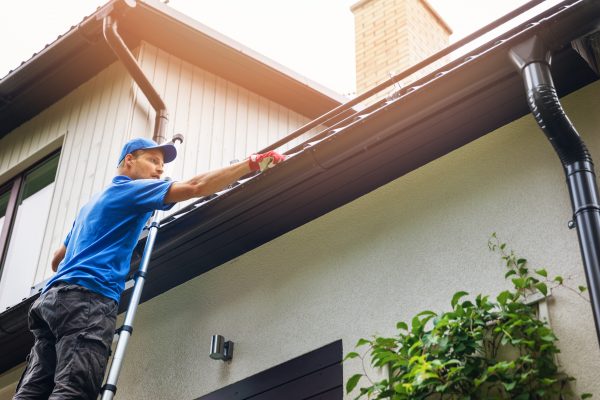
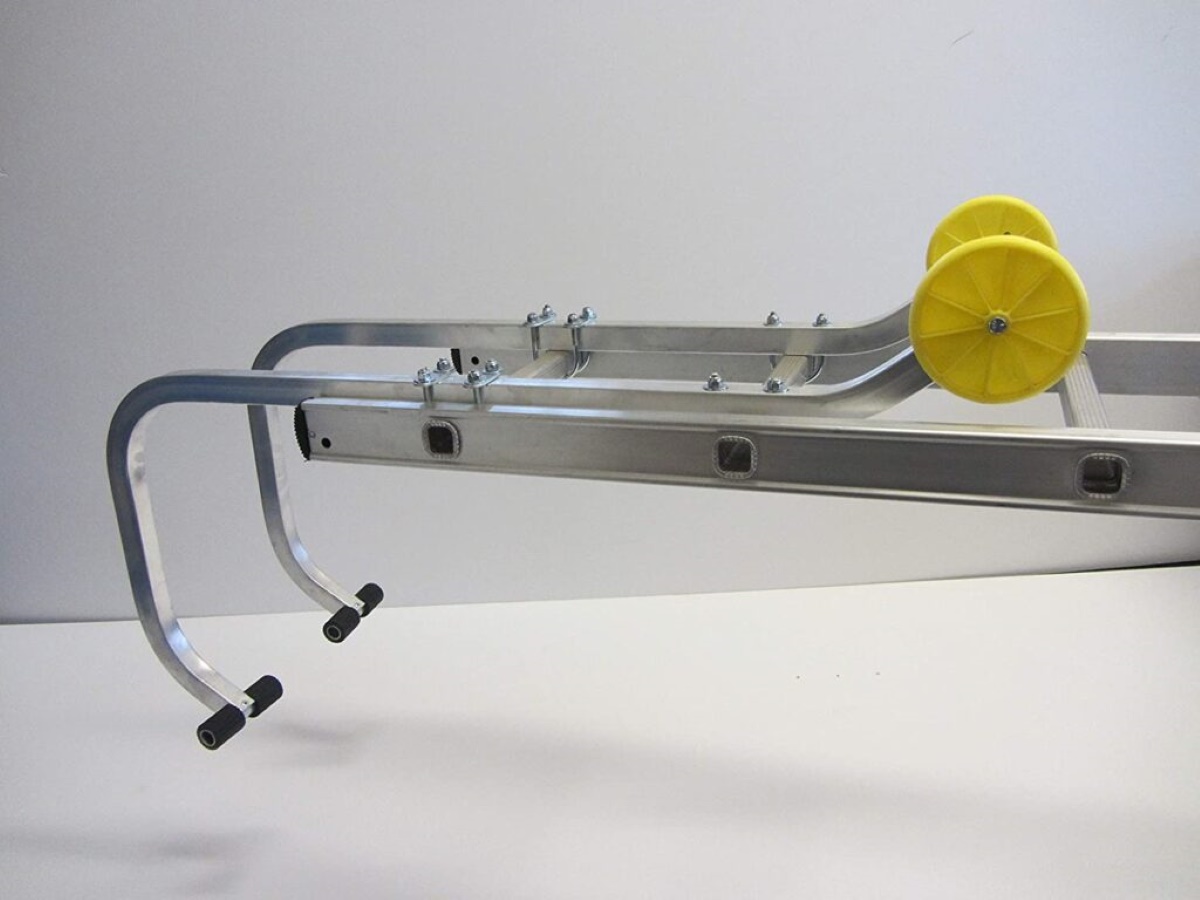
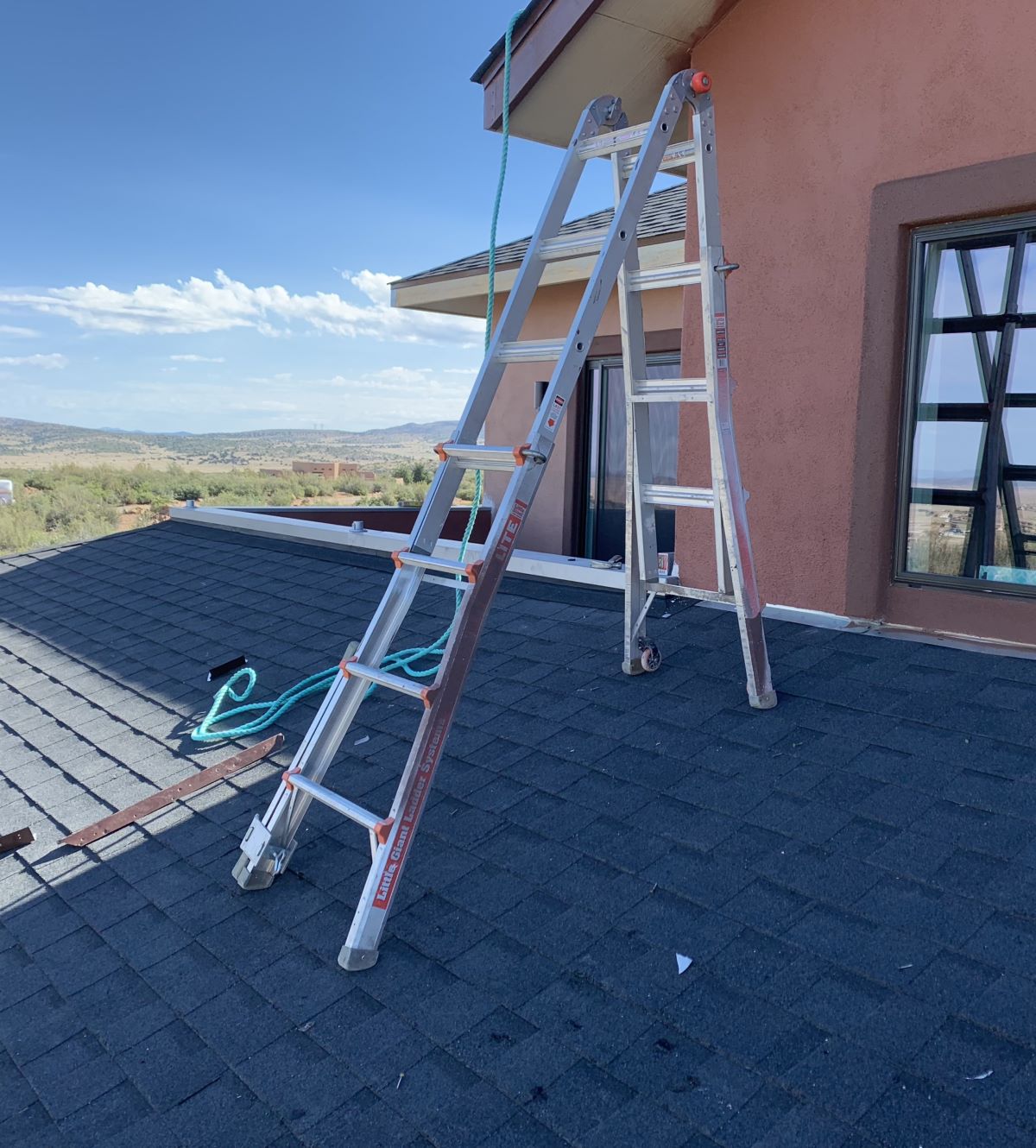
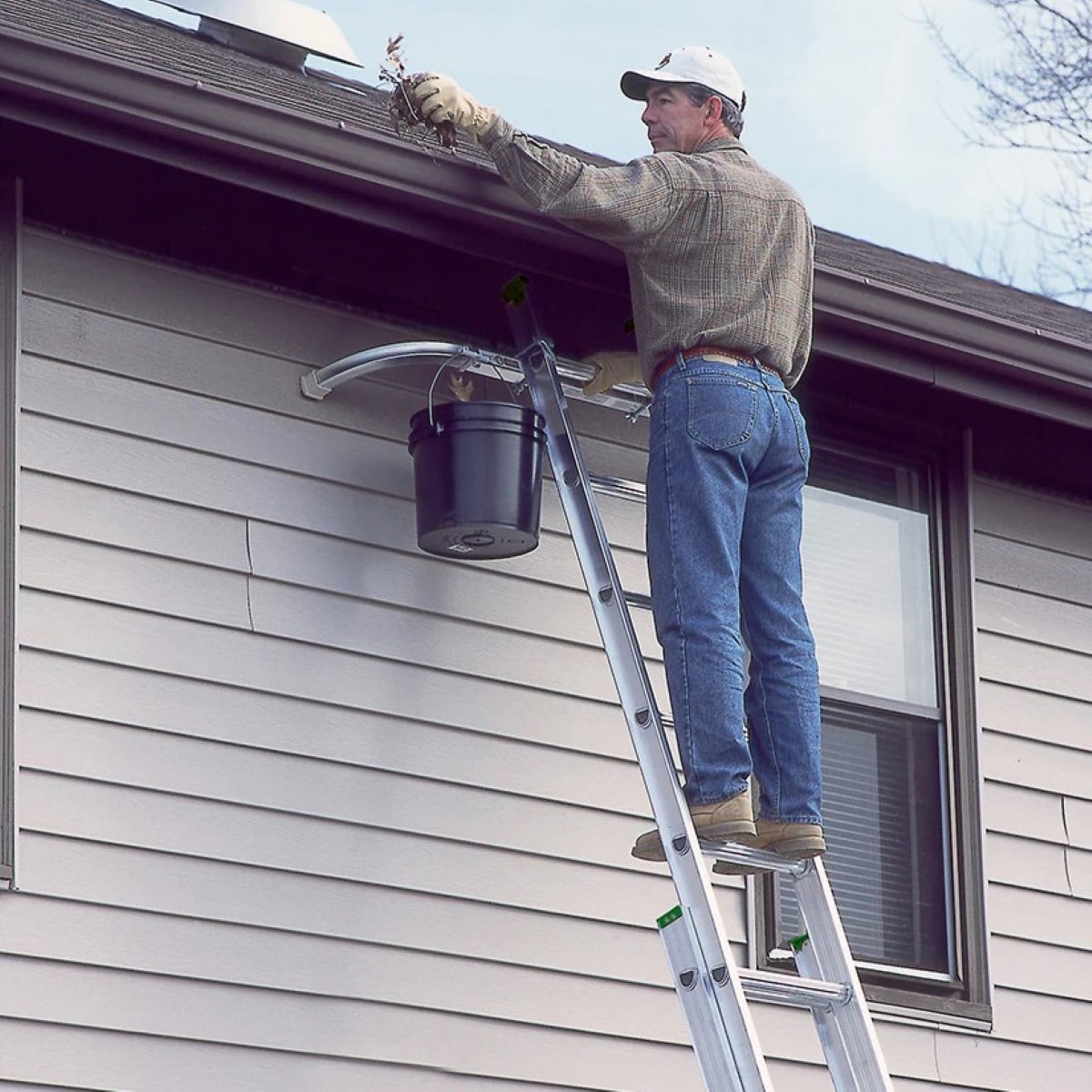
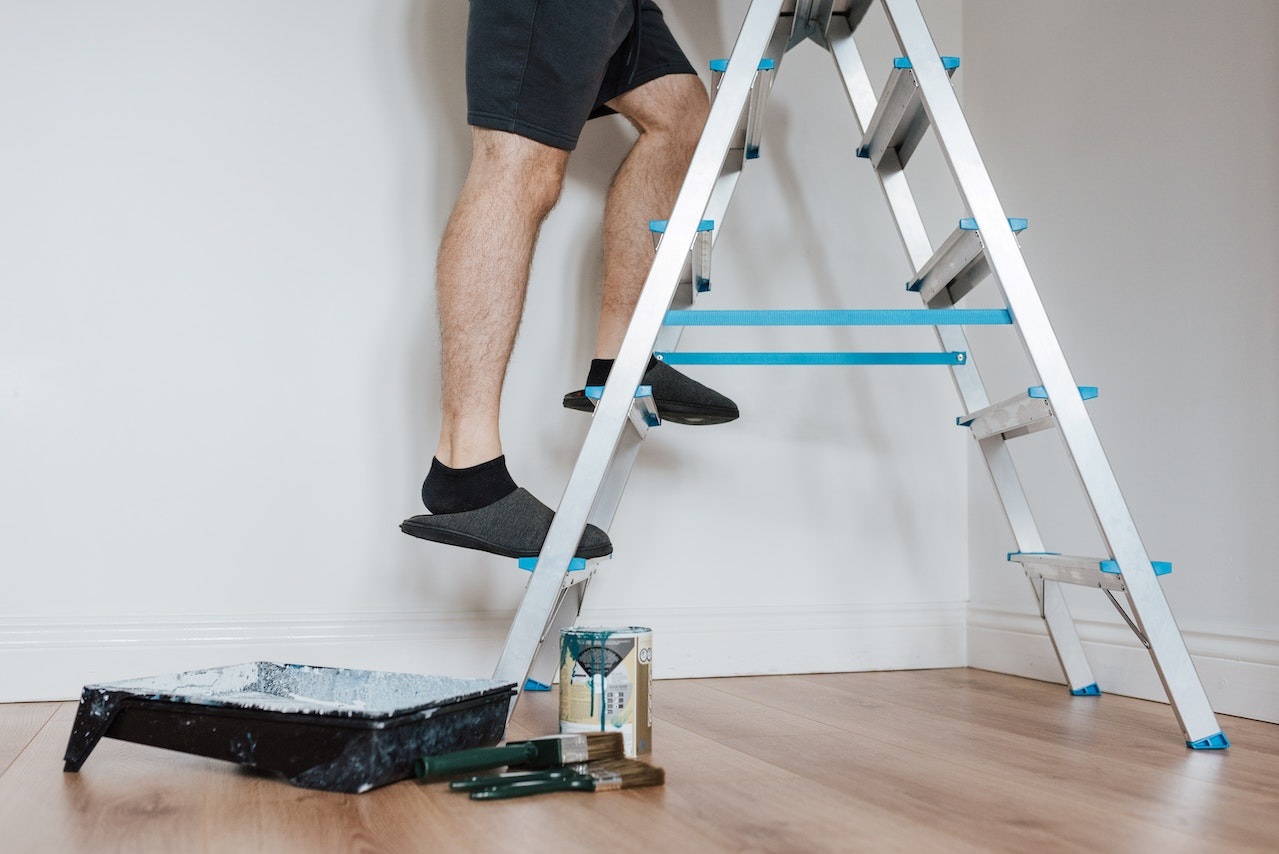
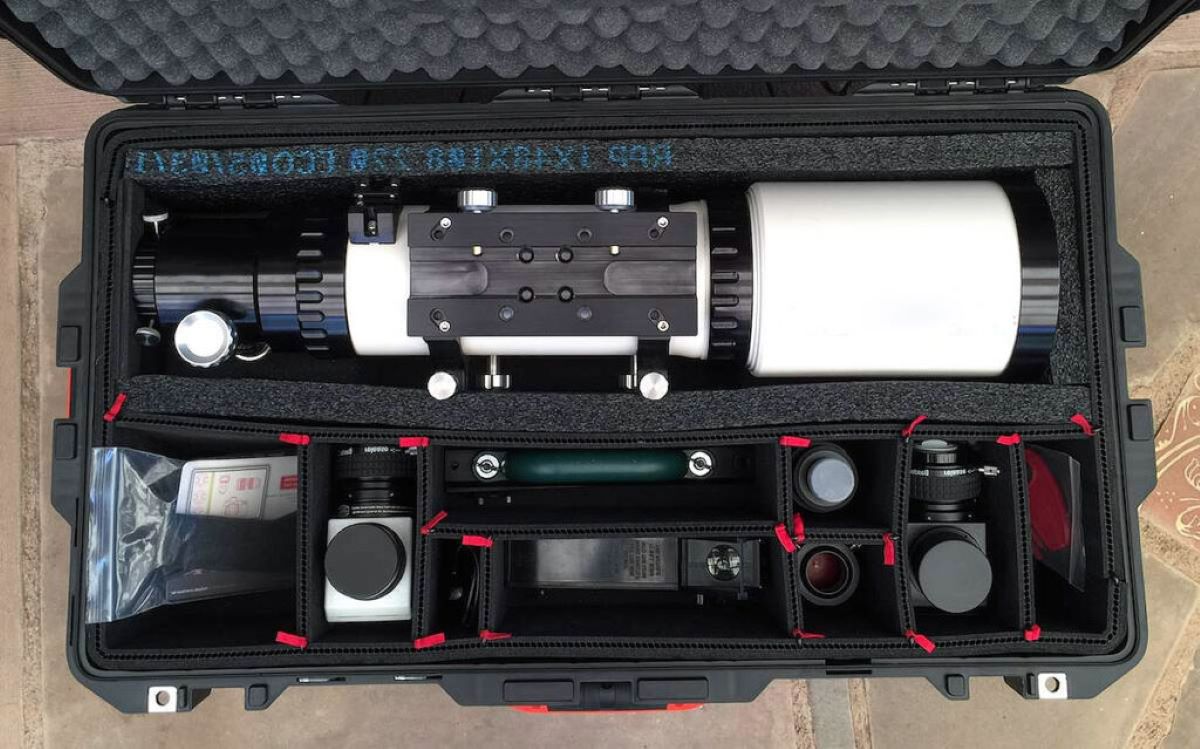
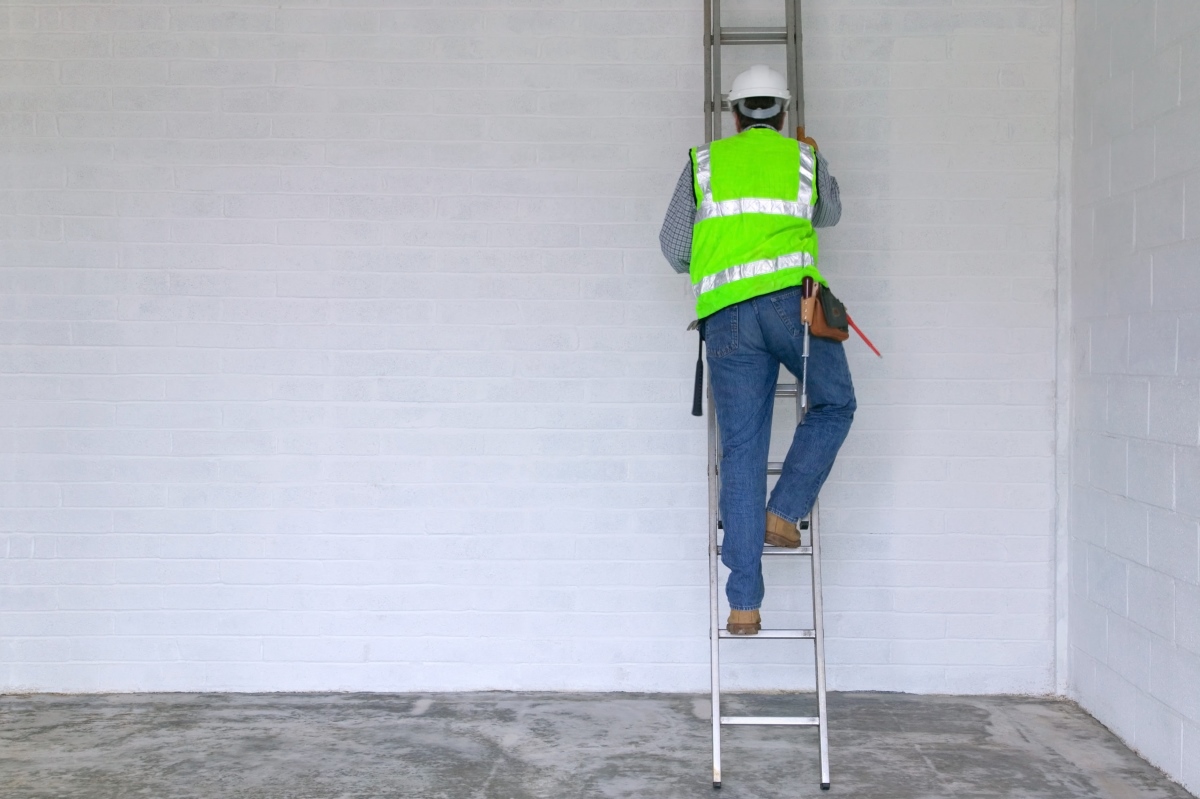

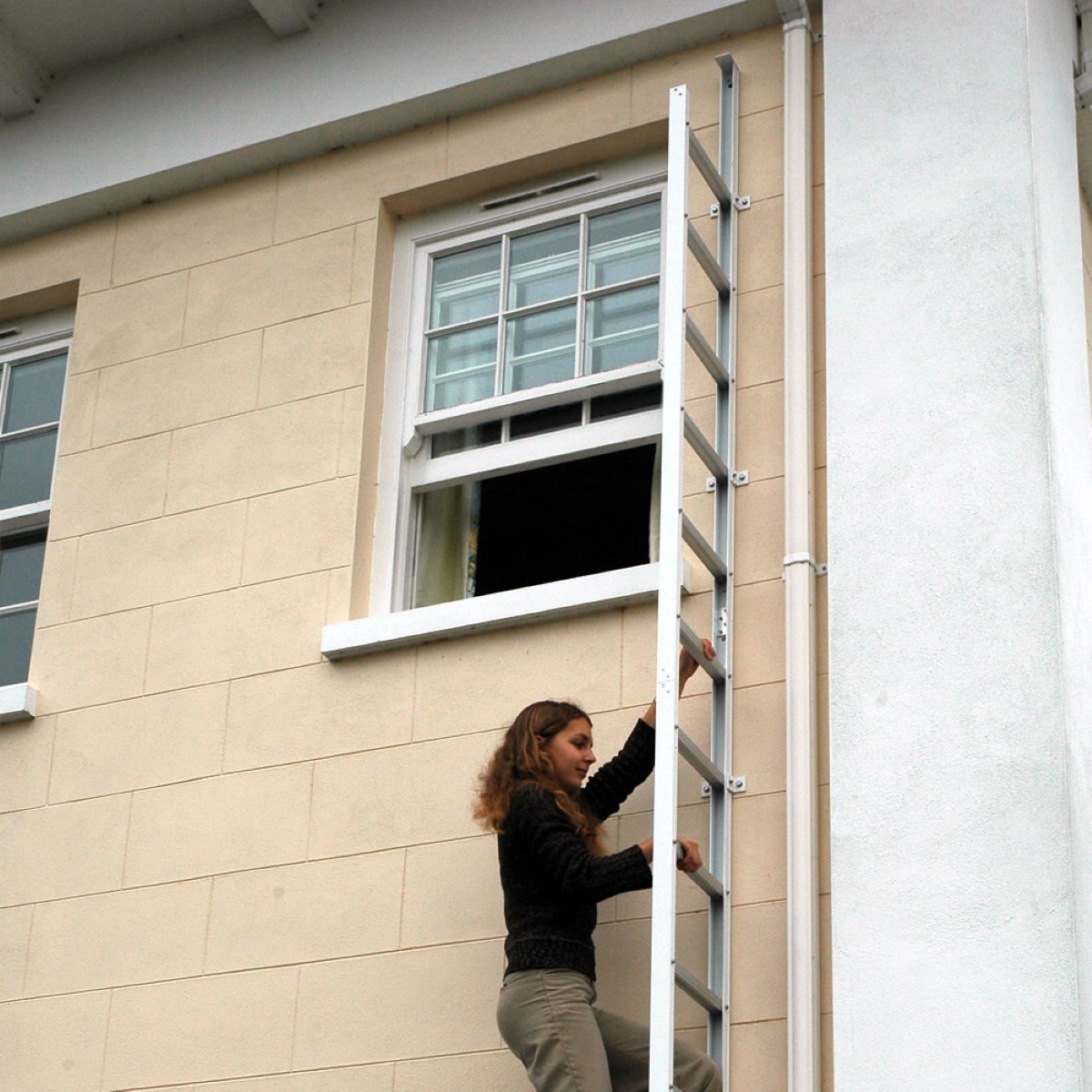
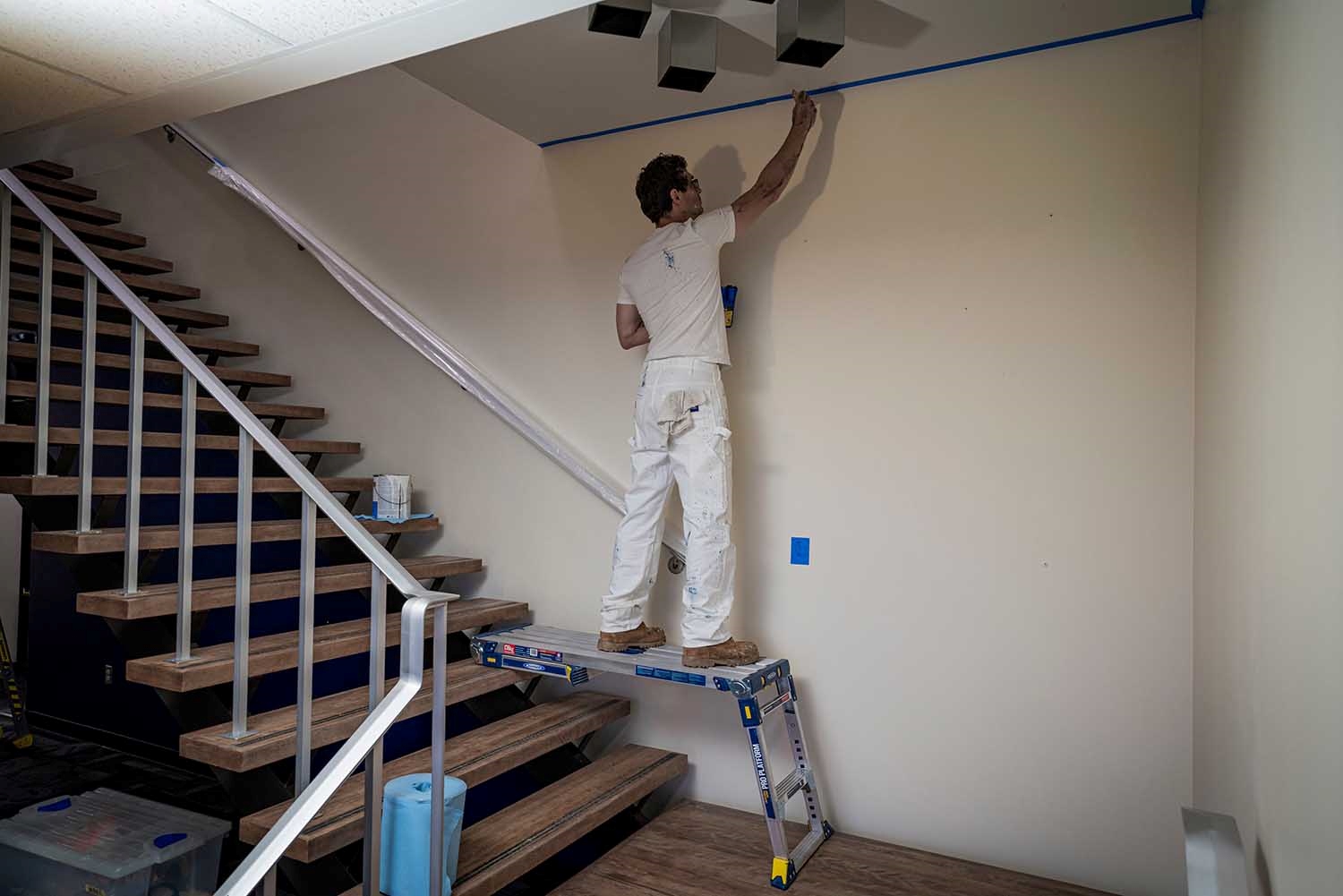
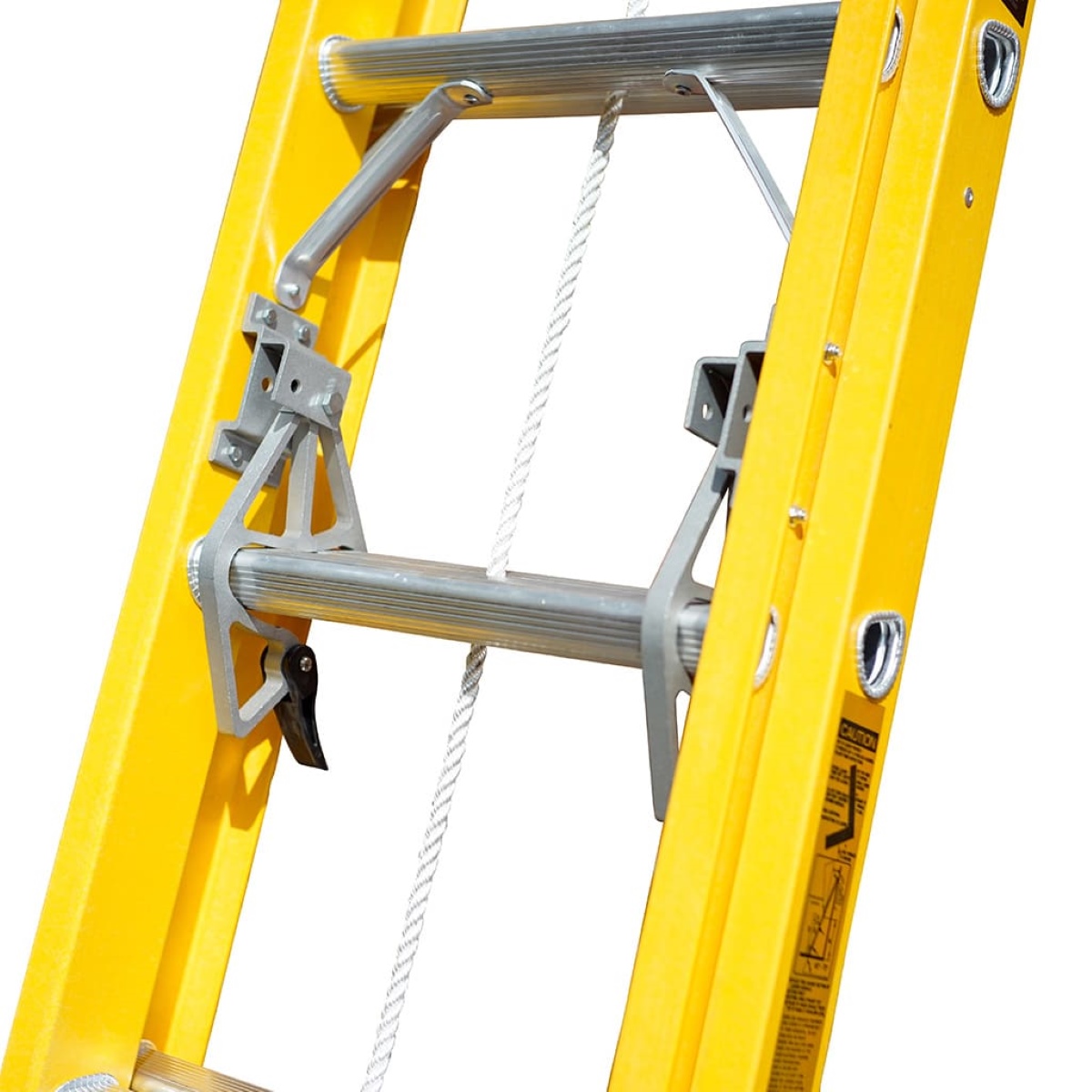
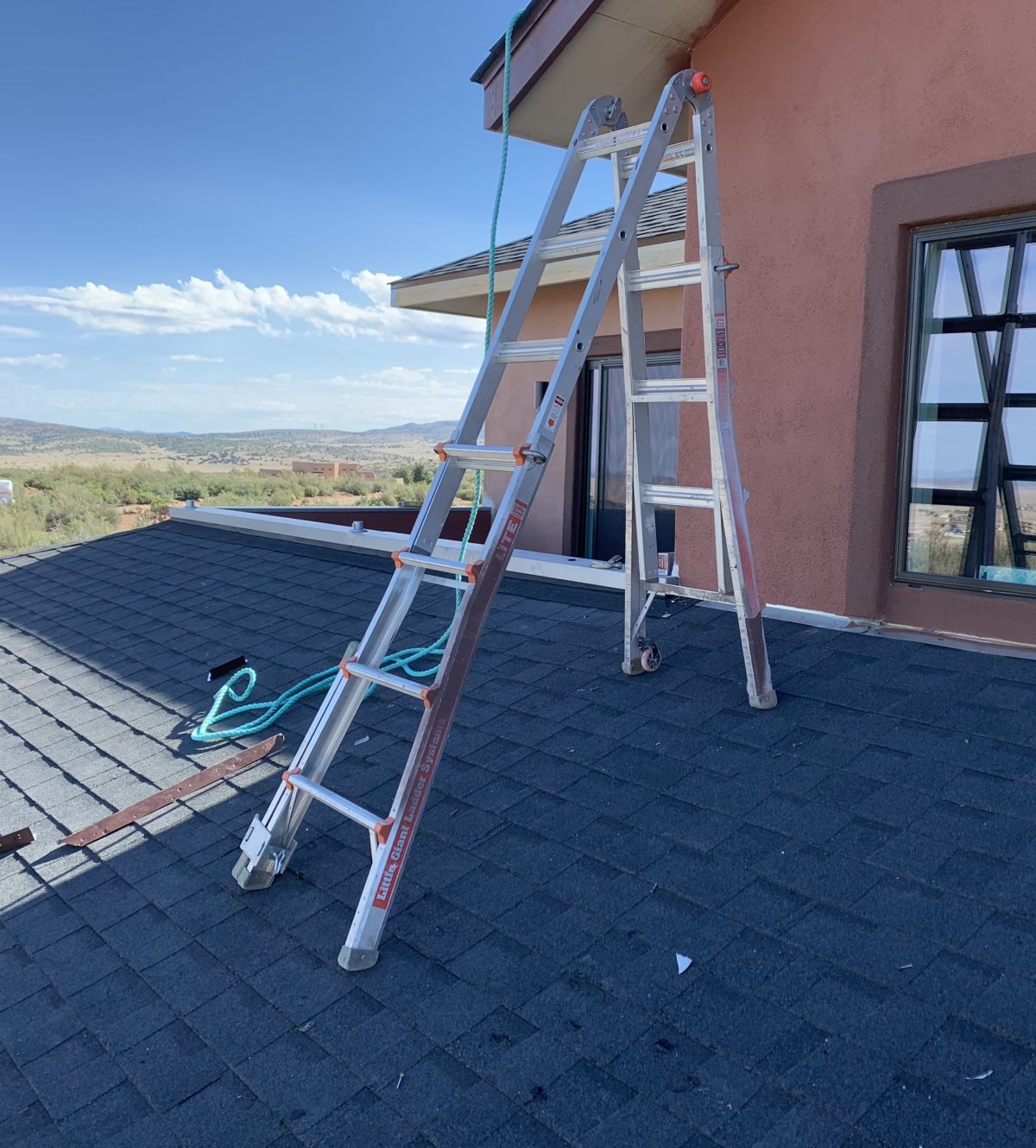
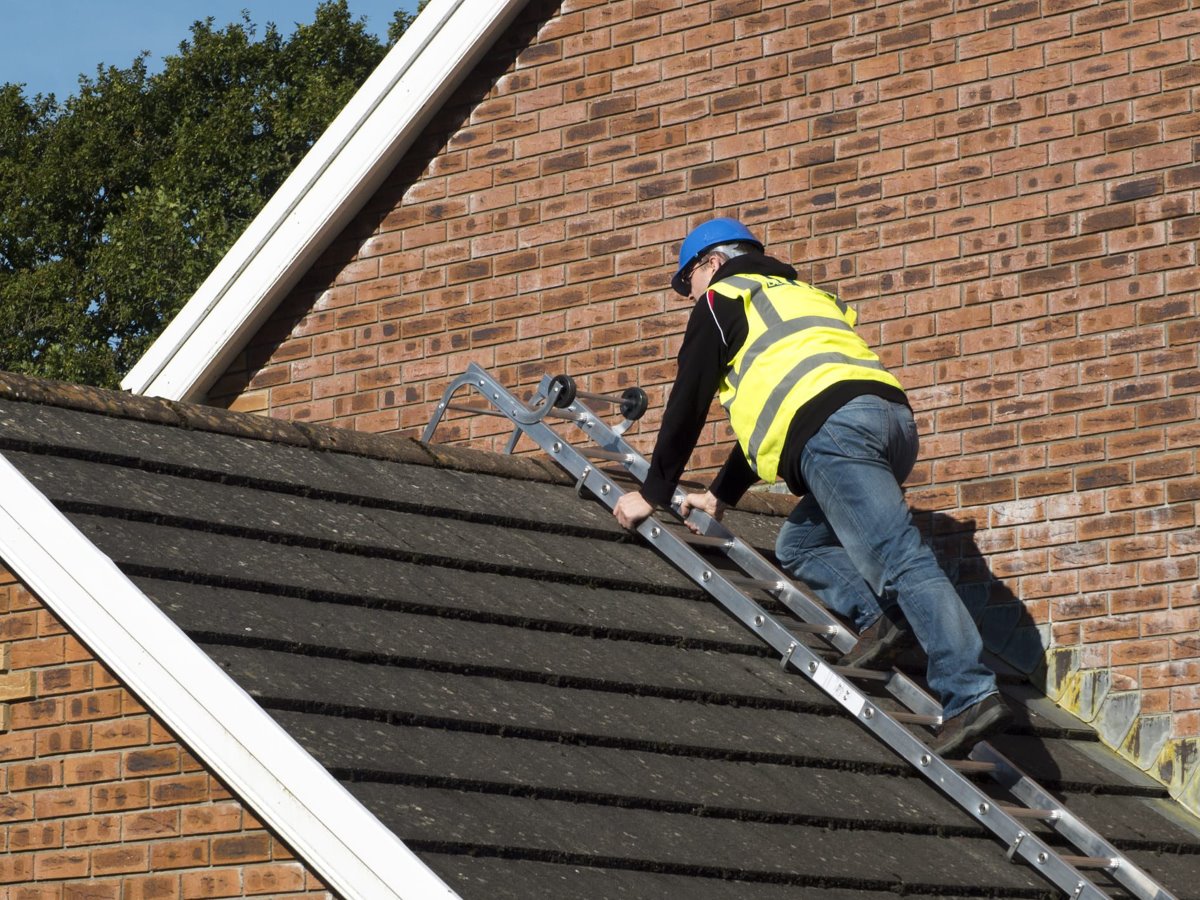
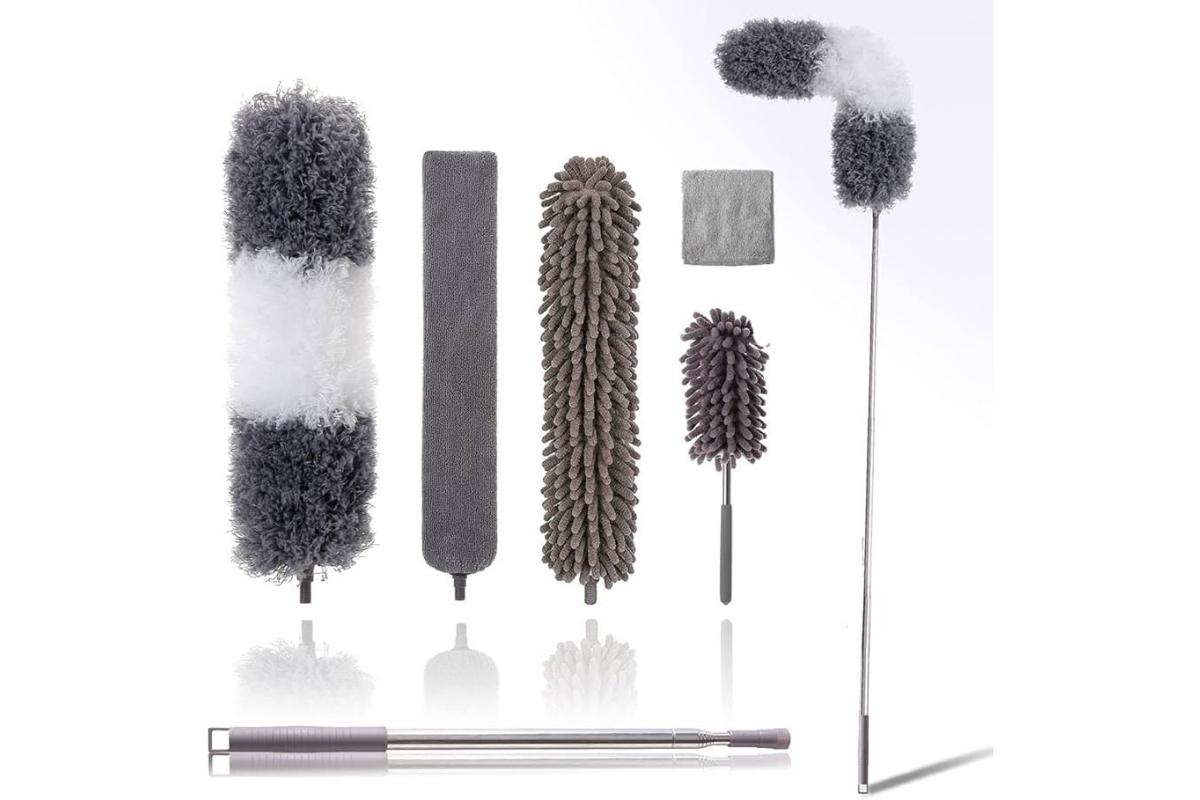

0 thoughts on “How To Use Telescopic Ladder”